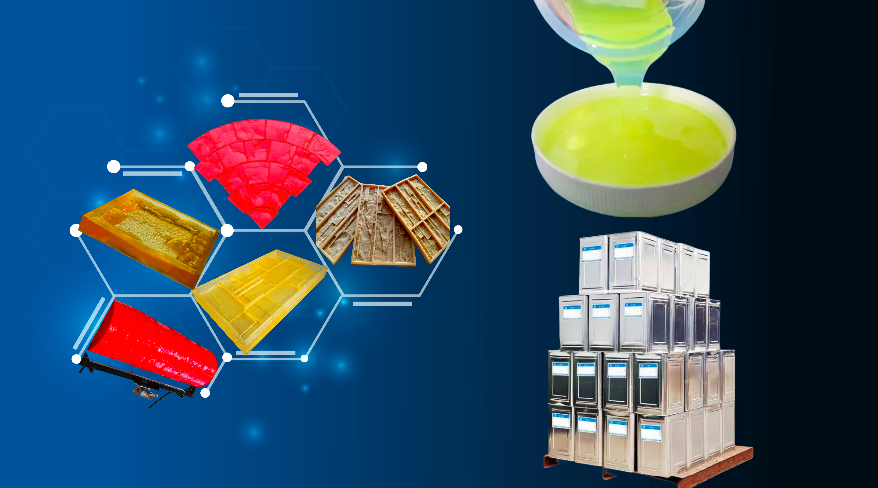In the realm of casting and molding, the terms “polyurethane” and “urethane” often arise, leading to some confusion. While they might seem like distinct materials, their relationship is more nuanced than it appears at first glance. This article aims to clarify the differences and similarities between polyurethane and urethane molding, providing insights into their applications and benefits.
1. The Terminology: Polyurethane vs. Urethane
At the outset, it’s essential to understand that the terms “urethane” and “polyurethane” are used interchangeably in many contexts. In essence, there is no fundamental difference between the two. Polyurethane is a polymer that consists of repeating units chemically linked in a specific pattern. Some of these repeating units are urethane groups. Hence, the term “polyurethane” implies that it contains multiple urethane groups.
2. The Composition and Structure
Polyurethane elastomers, often referred to as urethane elastomers, belong to a vast family of elastic polymers known as rubber. The urethane group is a specific chemical structure present within the polyurethane compound. This group plays a pivotal role in determining the material’s properties and applications.

3. Applications and Benefits
Both urethane and polyurethane are renowned for their versatility in casting and molding. Their applications span across various industries, from automotive to consumer goods. Here are some of their notable benefits:
Durability: These materials are known for their resilience and ability to withstand wear and tear, making them ideal for parts that experience frequent use or are exposed to harsh conditions.
Flexibility: Urethane, in its liquid form, is malleable, making it perfect for objects with diverse shapes and forms.
Chemical Resistance: Both urethane and polyurethane resist various chemicals, enhancing their longevity in industrial applications.
Range of Hardness: These materials can be tailored to exhibit a wide range of hardness levels, from soft and flexible to hard and rigid.
4. Common Misconceptions
One of the prevalent misconceptions is that urethane and polyurethane are entirely different materials. However, as mentioned earlier, urethane is a chemical group present within polyurethane. The term “polyurethane” simply emphasizes the presence of multiple urethane groups in the compound.
5. Conclusion
While the terms “polyurethane” and “urethane” might seem confusing, understanding their relationship and composition can help demystify their differences. Both materials offer a plethora of benefits in the world of casting and molding, making them invaluable assets in various industries. Whether you’re a professional in the field or a curious enthusiast, recognizing the nuances between polyurethane and urethane can enhance your knowledge and application of these versatile materials.


